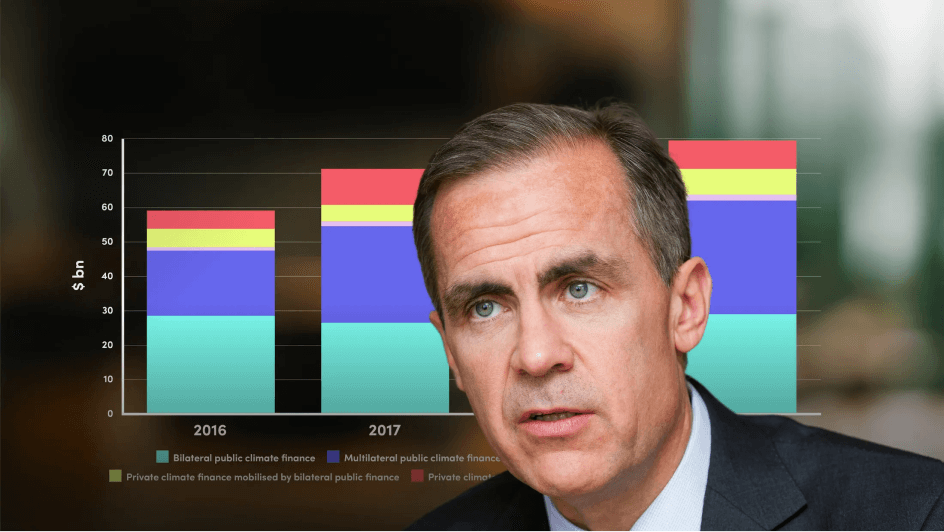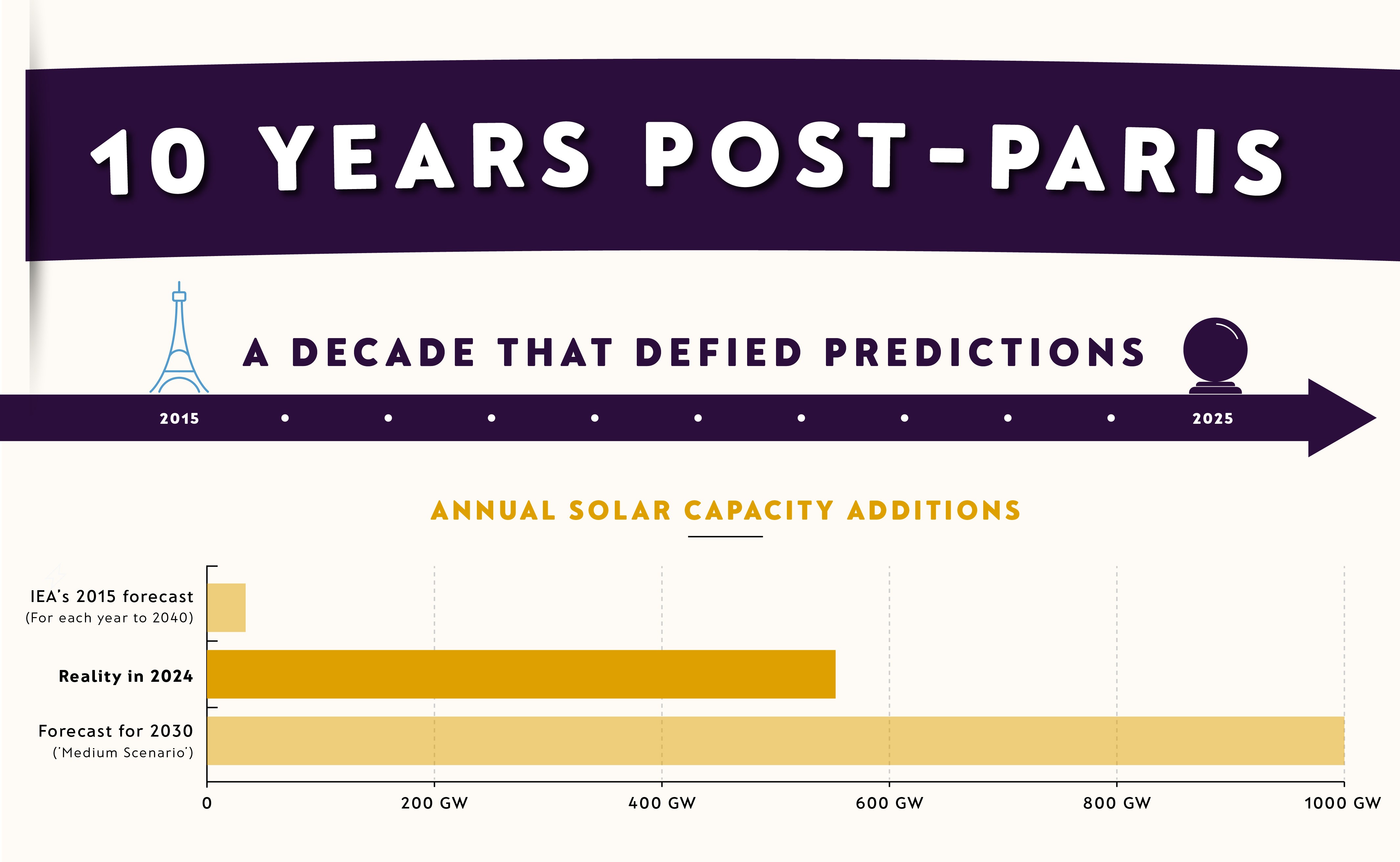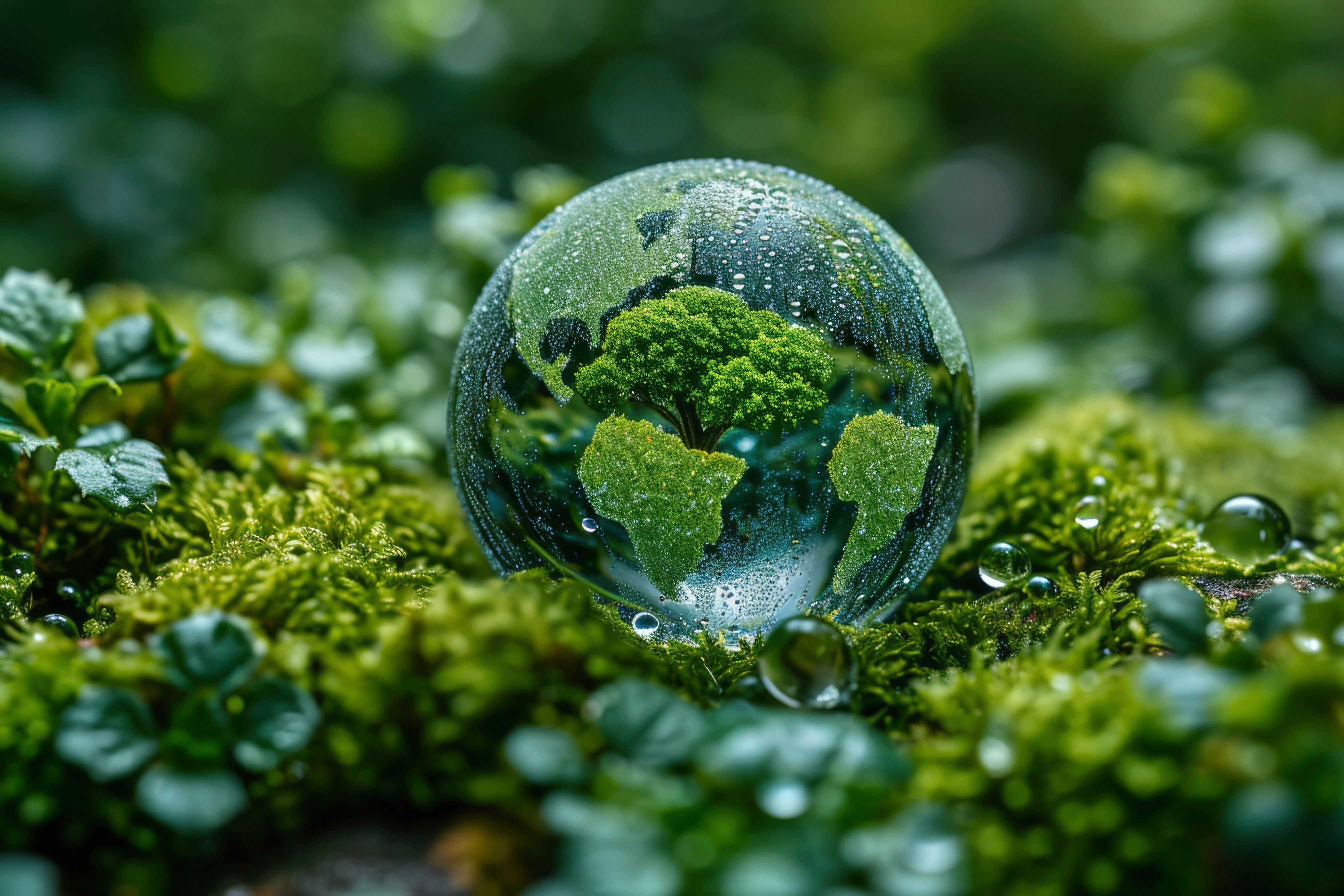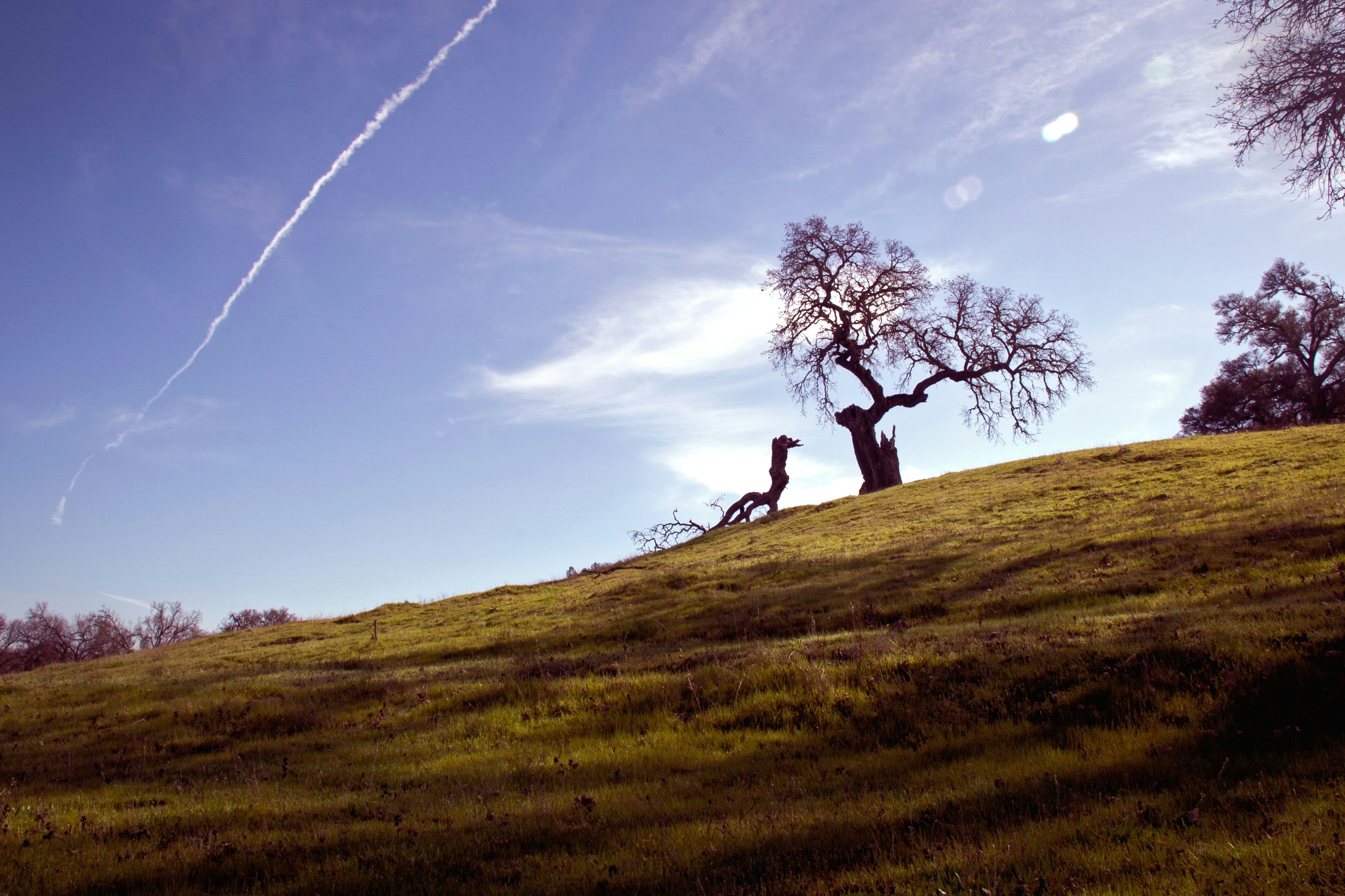
Restoring nature connectedness

Letters to the Earth
How reconnecting with nature can inspire the leadership, cultures and systems we need for a regenerative future.

What if the deepest climate solution isn’t just policy or technology — but remembering who we are? In 2019, artists issued an open call to the world: share a Letter to the Earth — a poem, manifesto, message — to pause from business as usual and speak directly to the living world.
Over the years, thousands responded. Children begging for their futures. Parents pleading for forgiveness. Scientists sharing their nightmares. Leaders confronting their limitations. Activists galvanising us into action.
But through it all, a distinct message emerged - a message of remembrance. A remembering that we are connected to the Earth. That the Earth gives us life and sustains us. That the Earth is soil beneath our feet to be felt, to be tended, and to be restored. That the Earth is alive and that we are a part of it.
“I want you to respect me. I want you to embrace me. To listen.” — Mother Earth, voiced by Nemonte Nenquimo, Indigenous Waoroni activist and leader from the Ecuadorian Amazon, in her letter to camera (June 2024).
The crisis of disconnection
In our increasingly urbanised environments, it is easy to forget our inherent interconnectedness with the natural world. More than half the human population now lives in cities, and by 2050 that could rise to 70%. Meanwhile, loss of biodiversity, habitat fragmentation, and reduced access to green space mean many people scarcely experience intact nature.
“Nature connectedness is now accepted as a key root cause of the environmental crisis”, says Miles Richardson, Professor of Nature Connectedness, University of Derby in a report published this summer which found that people’s connection to nature has declined by more than 60% since 1800 – Britain ranking at the very bottom for nature connectedness in Europe.
This isn’t just sentimental. When people lose their felt connection with nature, they are less likely to act to protect it. As David Attenborough is often reported to have said, “No one will protect what they don't care about; and no one will care about what they have never experienced.”
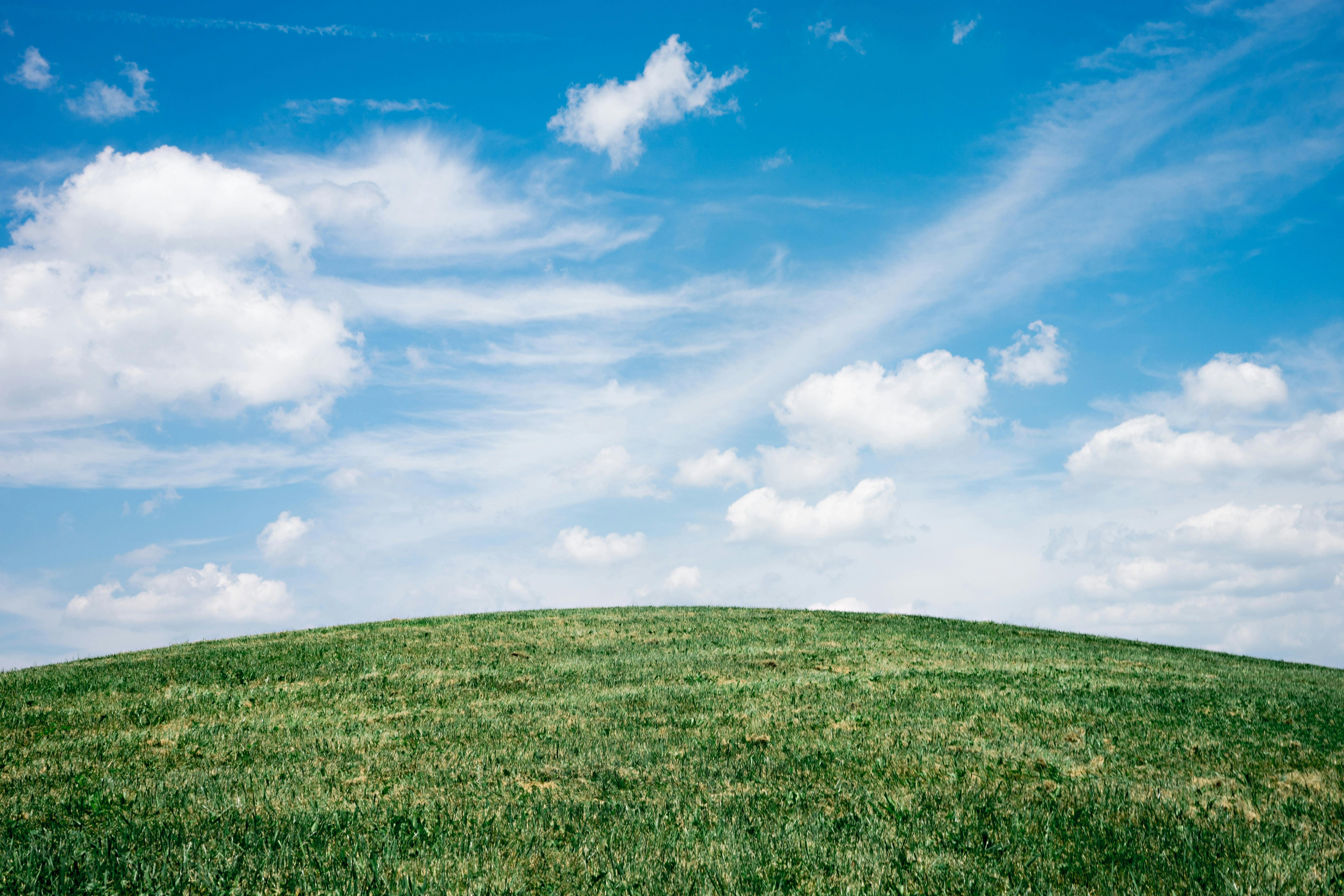
How we reconnect: Letters to the Earth in action
At Letters to the Earth, we’ve developed practices and programmes that help people reclaim their bond with the living world. More than just going for a walk or learning about a particular species, we take people outside to build their relational attachment with the natural world - one that is deeply felt and personal, rather than intellectual or led by data. According to Miles Richardson, this is key. The types of activity he suggests are especially effective in increasing nature connectedness are those that activate the senses, engage emotions, draw our attention to beauty, and help us to explore meaning and cultivate compassion.
One foundational technique:
The Sit Spot
- Participants choose a place in nature that is easily accessible to them - it could be on their doorstep, in their garden, a local park or another natural or wild place.
- Over multiple visits, they sit quietly, still, with no distraction.
- Rather than observing nature as a spectacle, they imagine entering the homes of other beings, inhabiting that space with respect and curiosity.
- Over time, relationships form — seasonal changes, animal movements, plant life cycles become teachers.
- This practice, when repeated, deepens sensory awareness, emotional openness, and creative insight.
Aside from the sit spot, we run Nature Think Tanks: gatherings where participants share the insights they’ve received from their time in nature, and explore implications for regenerative leadership, business models, and cultural systems. What if an organisation could be designed like a living forest — resilient, adaptive, interdependent?
Beyond the well-known mental health benefits of doing so, connecting with nature inspires something deeper: a sense of responsibility. Those who feel a genuine relationship with the natural world and feel interconnected with nature are far more motivated to protect and restore it. A 2022 systematic review ‘The Relationship Between Connectedness to Nature and Pro-Environmental Behaviors’ showed a significant positive correlation between connectedness to nature and pro-environmental behaviours.
Rethinking business and culture
If leaders, sustainability directors, educators, and policymakers began thinking like nature, what would change?
At the forthcoming Blue Earth Summit 2025 in London, we will host Nature Break events (October 15 – 16): guided walks, writing postcards to/from Earth, and practices of reconnection woven into the conference. These are open to all — designed to seed new relational practices among individuals and organisations.
If joining in London isn’t possible, then you can sign up for a free Nature Think Tank Webinar on Tuesday 2nd December (12:30–1:30pm): tickets here.

Letters to the Earth
Share "Restoring nature connectedness" on












